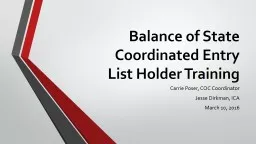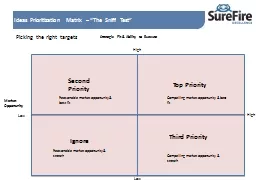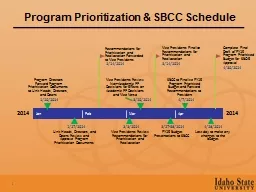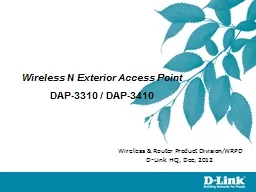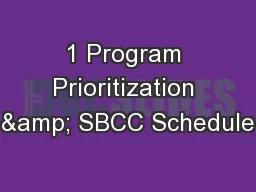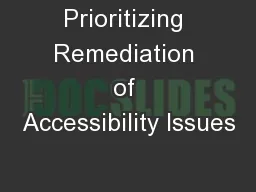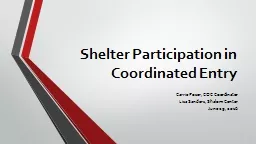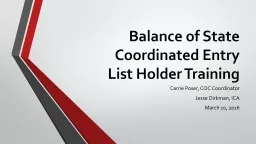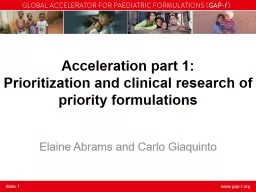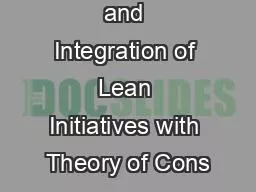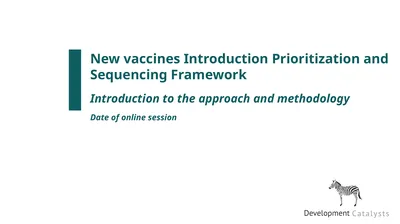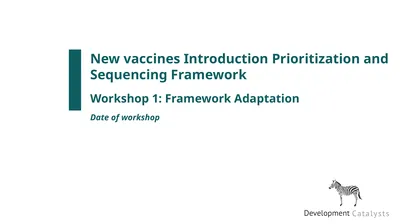PPT-Working with the WISP & Non-WISP Prioritization List
Author : aaron | Published Date : 2017-07-06
Carrie Poser COC Coordinator April 21 2016 Agenda Overview Prioritization Review PSH TH RRH Perspective of a Housing Provider I have an opening Now what WISP Prioritization
Presentation Embed Code
Download Presentation
Download Presentation The PPT/PDF document "Working with the WISP & Non-WISP Pri..." is the property of its rightful owner. Permission is granted to download and print the materials on this website for personal, non-commercial use only, and to display it on your personal computer provided you do not modify the materials and that you retain all copyright notices contained in the materials. By downloading content from our website, you accept the terms of this agreement.
Working with the WISP & Non-WISP Prioritization List: Transcript
Download Rules Of Document
"Working with the WISP & Non-WISP Prioritization List"The content belongs to its owner. You may download and print it for personal use, without modification, and keep all copyright notices. By downloading, you agree to these terms.
Related Documents

